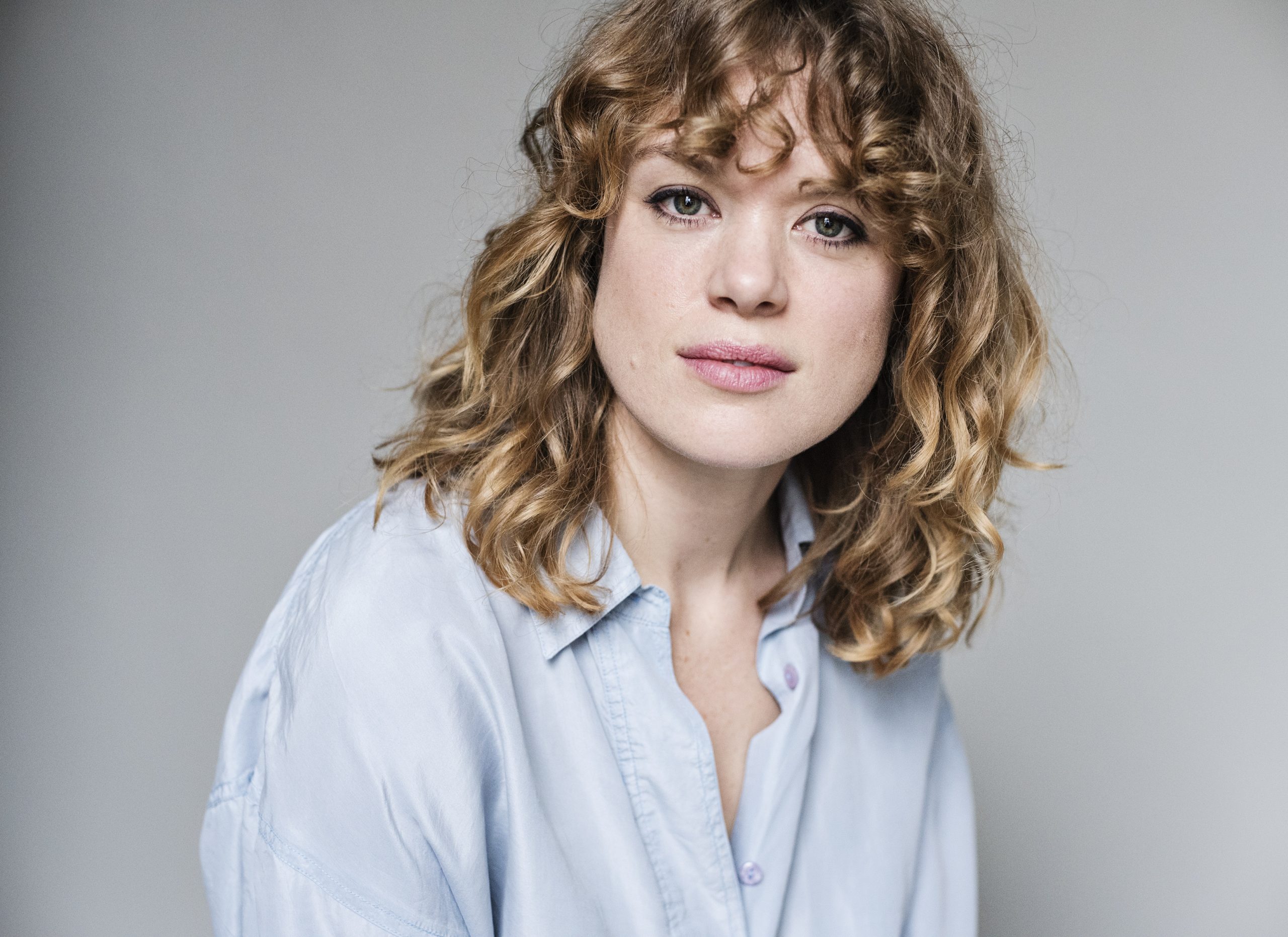
08 Nov A Sense of Direction – Louise Kempton Intimacy Director
Five years ago, few people had heard of intimacy co-ordination, or intimacy direction. Ten years ago, the job did not even exist – and when you think about it, says Louise Kempton, that is quite astonishing.
“You would never have a fight on stage and not get a fight director in,” she says. “The fight director is there for health and safety, of course, but they are also there to create a really good-looking fight scene. It’s the same with intimacy. You need an intimacy co-ordinator there to make any moments of intimacy look amazing, and to help everyone feel safe while they are doing it.”
Professionals responsible for ensuring the wellbeing of actors during intimate scenes on stage and screen did exist before the early 2010s, but the practice was neither regulated nor widespread in TV, film, or theatre. It was in 2014 that movement director Ita O’Brien started to pioneer the position in the UK, and 2016 that Alicia Rodis, Tonia Sina and Siobhan Richardson founded Intimacy Directors International.
Demand for the role grew after the #MeToo and #TimesUp movements highlighted widespread sexual misconduct in the entertainment industries. Gradually, intimacy co-ordinators (the term used for film) and intimacy directors (the term used for theatre) around the world collaborated on codifying a system of best practice, structured around five key “pillars”: context, consent, communication, choreography, and closure.
“The key is communication, both in rehearsal and in performance” says Kempton. “Actors need to know where the boundaries are, for both themselves and other cast members. They can then play their character, and not hold back in doing so, within those boundaries. Sometimes those conversations can be embarrassing but being embarrassed is better than the alternative.”
“Things change when there is a live audience involved, but the principles are the same” she continues. “You’d have an intimacy call before the show, just like you’d have a fight call, when actors can work out what they feel comfortable with for that performance. Then, on stage, they can agree on a word or a gesture to indicate if they are feeling uncomfortable. And, of course, if someone does step over your boundaries, you can walk off. It’s just a stage.”
***
Kempton was born in 1982 and grew up in Crawley, West Sussex. She trained as an actor at Rose Bruford College, then spent a decade performing professionally on stage and screen, including appearing in War Horse in the West End in 2013.
In 2016, unfulfilled by the irregularity of acting work, she trained as a movement director at Guildhall, where she was discovered the growing need for intimacy co-ordinators and directors. Since 2019, she has been practicing professionally as one under the mentorship of O’Brien, working with actors in everything from big budget TV series like Gangs Of London to West End productions like Leopoldstadt.
Yes, the role does involve choreographing sex scenes, and yes, she does have a collection of oddly-shaped cushions, modesty garments and nipple daises for actors to use – but it encompasses a lot more than that, too. Intimacy includes everything from hand-holding, to kissing, to nudity, to scenes of self-masturbation and sexual violence.
“Two young teenagers kissing for the first time act completely differently to a couple that have been married for fifty years,” says Kempton. “Unless it is highly stylised, it is at its best when you don’t notice it – when the moments of intimacy are absorbed within the story and the characters. But that takes a lot of skill to achieve.”
***
Like fight director Kate Waters, Louise Kempton does not see her job as an optional addition to a project – as a nice extra if time and money allow it. Intimacy direction, like fight direction and movement direction, is most effective when it is integrated throughout the creative process, she says.
“Take a punch, for example,” Kempton explains. “A punch isn’t just a punch. It’s the physicality and movement dynamics that have led up to that punch throughout the whole play. The same is true of a kiss. You need a while in a rehearsal room to work on that, but often you are not given that time.”
“One of the big frustrations movement directors, fight directors, intimacy directors and the like have with British theatre is that we are always playing second fiddle to the text,” she continues. “The word is God. We aren’t listening to a radio play, though. We are watching a play. So much happens in between the lines. That’s where the juice is.”
And, like Waters, Kempton is not afraid to question the content of whatever she is working on. If a moment of intimacy – and particularly a moment of sexual violence – feels unearned or problematic, she will interrogate its inclusion.
“If something seems gratuitous, I think it is my job to point that out, and think about alternative solutions to driving the narrative forward,” she says. “Intimate moments are really important and powerful opportunities for storytelling. Maybe it is two characters finally getting together. Maybe it is two characters saying goodbye forever. When you work out the right intimacy for moments like that, it’s really exciting.”
Louise was talking to Fergus Morgan for SDUK.
